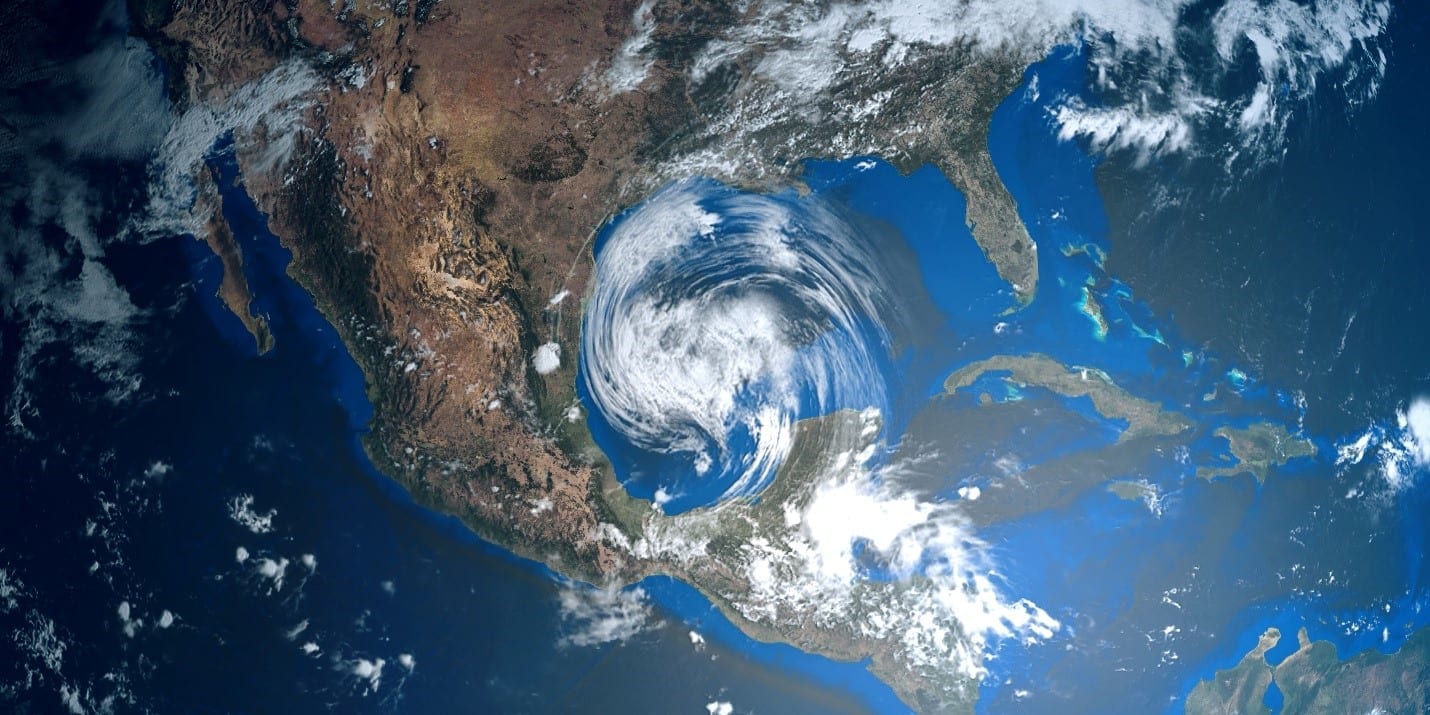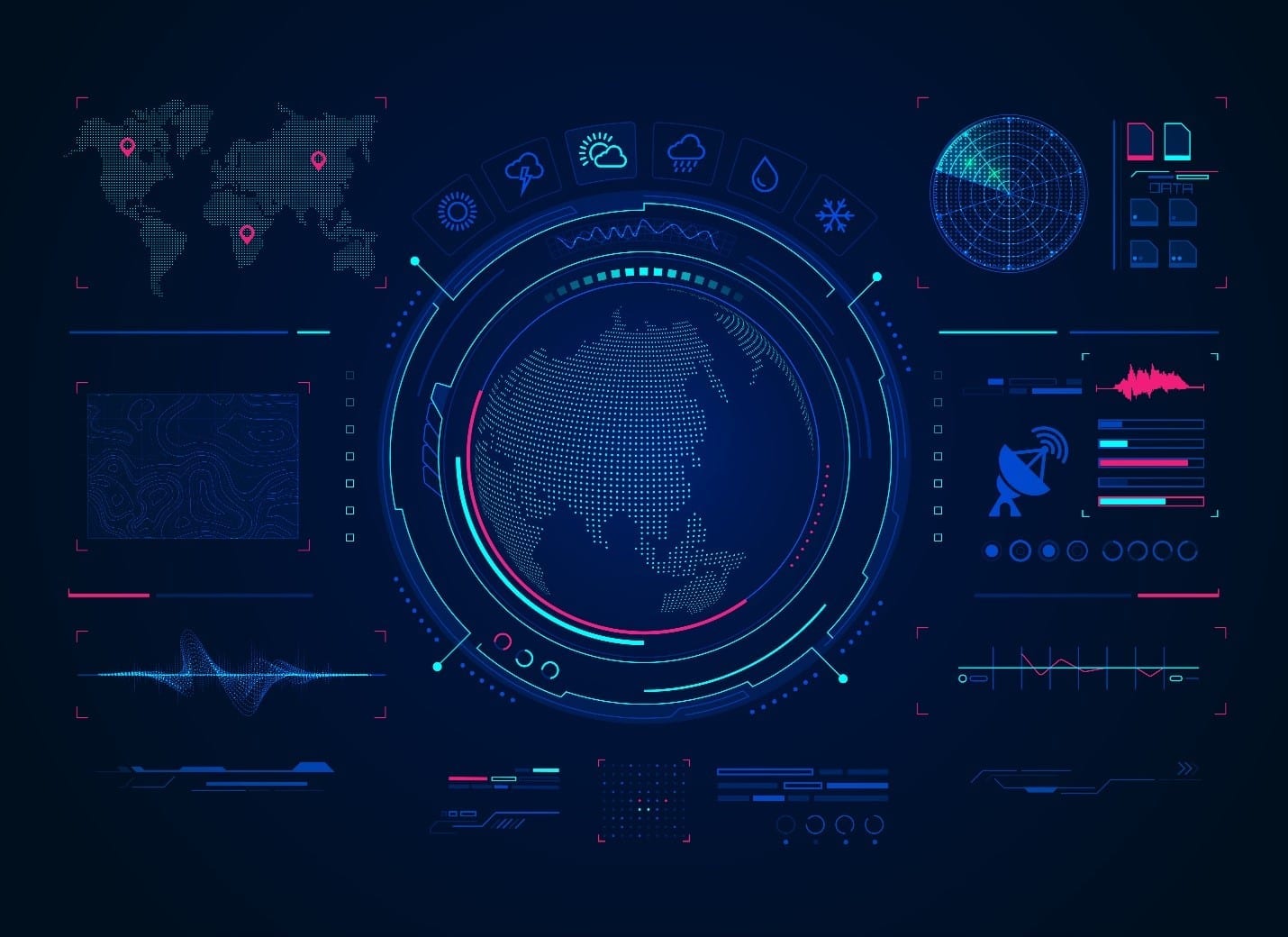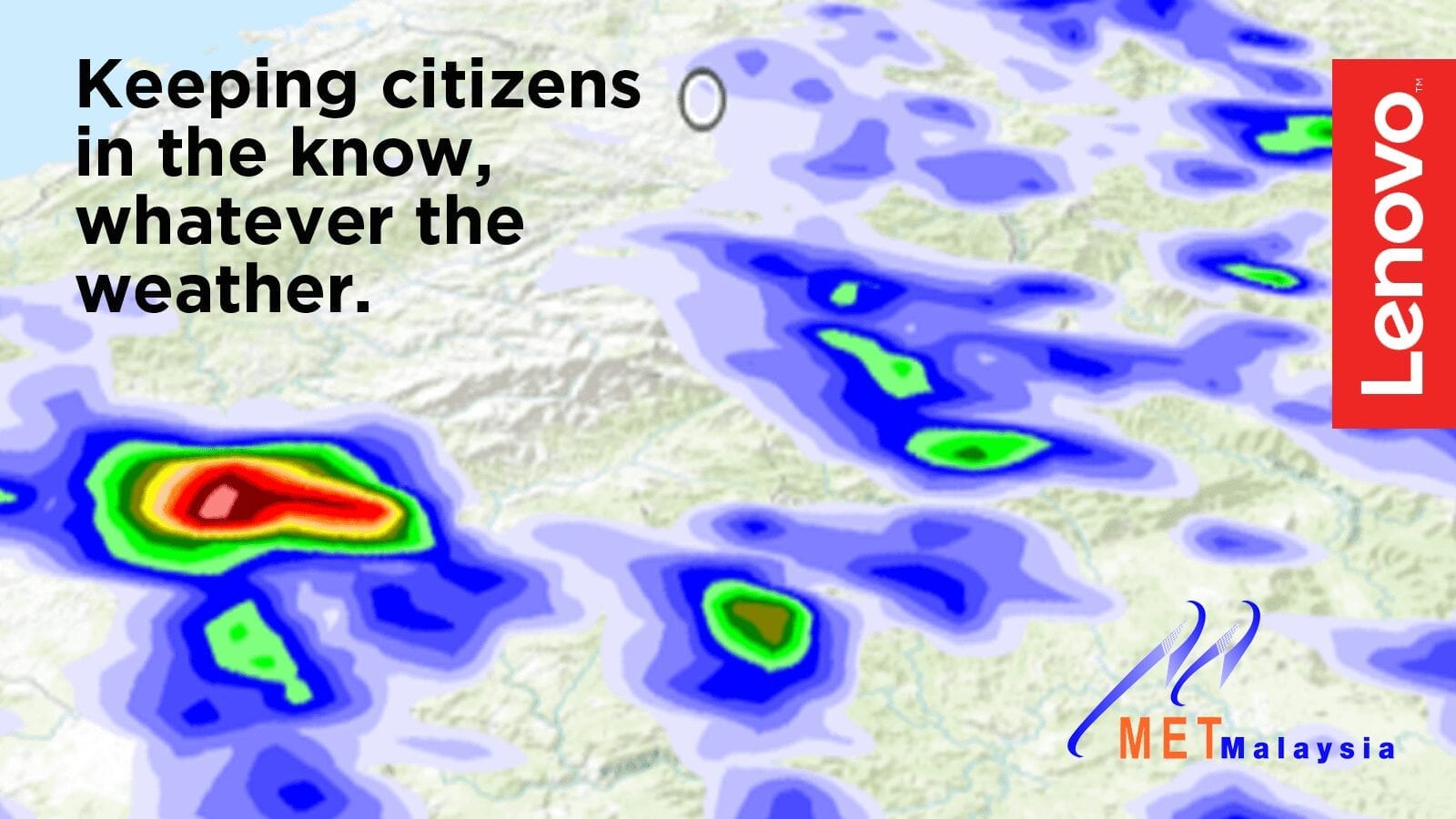As we celebrate and reflect on Lenovo’s technological innovations and milestones over the last 35 years, we also look into the future of technology and explore what’s next and what’s possible. From the role technology will play in creating a more inclusive workplace to how artificial intelligence (AI) will impact the healthcare industry and patient journey to this: exploring the impact supercomputers will have on weather forecasting.
Imagine finding out only 24 hours in advance that a horrific category 4 hurricane will make landfall close to where you live. You scramble to take cover or evacuate somewhere safe before the whipping winds, power outages, and torrential downpours cause damage and, sadly, even fatalities. A one-day warning happened to be the reality back in 1954.
Fortunately, as technology continues to evolve and improve, so has weather forecasting. Today, up to fourteen-day forecasts are available in many parts of the world.

“Over the past decade we have seen the accuracy of weather forecasts and the length of predictions greatly improve, predominantly due to the availability of compute resources,” said Scott Tease, Lenovo’s executive director of High Performance Computing and Artificial Intelligence.
What you may not know is that some of the world’s most powerful supercomputers are behind almost every weather prediction.
Which raises the question: How are supercomputers impacting weather forecasting now and in the future?
Before we tackle that question, let’s first talk about what a supercomputer is and how it works.
“A supercomputer takes very complex problems and breaks them down into parts that are worked on simultaneously by thousands of processors, instead of being worked on individually in a single system, like a regular computer. Thanks to parallel processing, researchers and scientists can generate insight much faster considering a laptop might take days or weeks to solve what a supercomputer can solve in minutes or hours,” explained Tease.

Think about it this way…
You’re in line at the grocery store and waiting to check out with a cart full of fresh items for you and 10 of your friends. Unfortunately, there is only one register open with a single person scanning items and the line is really starting to back up. Before you know it, 10 registers open up so you and your 10 friends grab a handful of items each, and go through all the registers at the same time and it only takes a matter of minutes to scan, bag and pay for your items.
This is similar to how parallel processing works. By taking large jobs and breaking them down into many small jobs that can be worked on at the same time across multiple systems, we can tackle problems that may have been insurmountable by a single system.
Okay, now back to supercomputers and weather forecasting.
Before supercomputers, we couldn’t receive early warnings for tsunamis and researchers couldn’t see the trajectory or impact of hurricanes or study patterns in climate change. We were really limited to making a guess based on a few basic inputs—because complex models, with thousands of rapidly-changing variables, were virtually impossible.
“Today, weather forecasting is achieved via the use of mathematical weather models of the atmosphere. These models consist of equations describing the state, the motion and the time evolution of various atmospheric parameters such as wind and temperature,” said Dr. Zaphiris Christidis, Lenovo’s weather segment leader. “Consequently, these equations are solved numerically on supercomputers which simulates the actual behavior of the atmosphere.”
But these weather simulations take millions of initial data points from sensors on weather satellites, weather balloons, ocean buoys, and weather stations—huge amounts of data. Weather models today are generally limited by compute performance.
As the performance of these supercomputers improves, more complex weather models can be employed, more data points can be ingested, and more scenarios can be accommodated to develop more accurate predictions.
“Even once we began using computer calculations in the 1950’s, weather predictions were highly inaccurate because of the limited computational power. For example, a weather model that we can run today in under 15 minutes on a standard Lenovo ThinkSystem server would have taken nearly 600 years to process on computer systems in the 1960’s,” added Dr. Christidis.

Improving supercomputers’ performance helps save lives
Weather forecasting is way more important than deciding if you will need a jacket or an umbrella the next day. Early warnings of severe local weather patterns have a direct impact on saving lives and minimizing the impact of natural disasters.
“If we know a severe weather event is about to occur ahead of time, we can take preventive measures to minimize any potential impact,” added Robert Daigle, Artificial Intelligence business leader at Lenovo.
If we know a severe weather event is about to occur ahead of time, we can take preventive measures to minimize any potential impact.
“When we talk about improving the accuracy of weather predictions and early warning systems, the resolution of the model is important to capture the local weather phenomena. To double the resolution of a weather model, we must increase the compute performance by 8x, therefore computational power becomes essential,” he said.
Tease chimed in and shared an example between Lenovo and the Malaysian Meteorological Department (MMD). MMD works non-stop for the safety and well-being of Malaysian citizens by forecasting the weather and issuing the appropriate weather warnings. They wanted to improve their resolution from three kilometers to one kilometer and extend their forecast from three to seven days, which required a 27x increase in computational power.

With the support of Lenovo’s Scalable Infrastructure, MMD is now able to run a model for a seven-day forecast at a resolution of one kilometer in under three hours.
“Improving the resolution of weather models allows MMD to detect local weather patterns such as convective thunderstorms that are very common in Malaysia which can bring heavy rain, hail, strong winds and even tornados,” said Tease.
Weather forecasting over the next decade
Fast forwarding to 2030, here are the three big trends that Tease, Christidis and Daigle believe will happen in weather forecasting over the next decade.
Exascale
Exascale supercomputers will provide computational power that can run more complex models with more data inputs at extremely high resolution.
To put it in perspective, the fastest supercomputer today can perform 200 petaflops – imagine having hundreds of supercomputers around the world that have more than five times the performance.
Explosion of data
It’s a good thing exascale supercomputers are getting closer to reality because we’ll need them to process the mountains of data that are coming. IDC predicts the global datasphere to reach 175 zetabytes (ZB) of data by 2025.
To provide some context as to how big 175 ZB is… One ZB is equal to 1,000,000,000 GB (1 trillion GB). And, if 175 ZB happened to be stored on a pile of Blu-ray discs, the stack would reach the moon.
This explosion of data is predominately due to the increasing amount of IoT sensors. This will likely impact our weather predictions as we incorporate more sensor data into our simulations.
Artificial Intelligence (AI)
As numerical weather forecasts become more detailed, weather models will need to output a higher volume of binary data representing the weather forecasts. Such voluminous data will need to be interpreted by the human weather forecasters before actual forecasts are issued. AI can act as the interface between the supercomputers and weather forecasters in recognizing and interpreting adverse weather phenomena such as tornadoes, hurricanes, and storms.
AI will also have a significant impact on our speed and accuracy of weather predictions. In the future, we’ll be able to train AI models based on highly accurate simulations that will allow us to adjust our predictions in real time when new data comes in. AI will also play a significant role in climate research as we continue to look for ways to minimize the impact of climate change on our society.
Think of these trends as the new ingredients that weather researchers and meteorologists will have access to. Stay tuned for the real phenomenon: what they’ll discover with these new tools.
